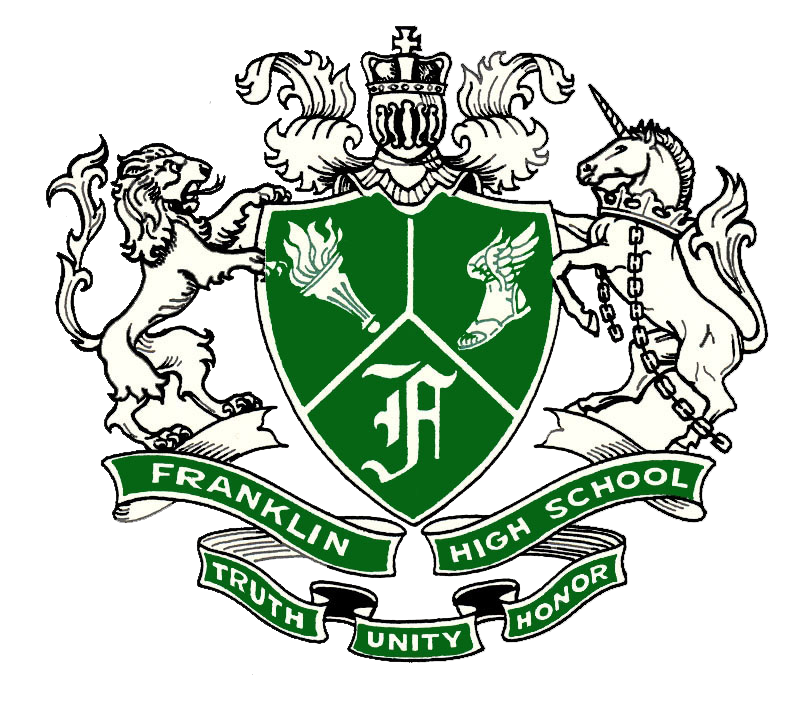Behind the Scenes: Team XBOT #488 Franklin and Cleveland High School’s Robotics Team
Submitted by: Whitney Robertson, Executive Director XBOT Robotics. www.xbotrobotics.org
(Our mission: Inspire and prepare underserved students to pursue STEAM learning and careers through mentored robotics competitions and hands-on projects.) and Donna Y. Lew Executive Director XBOT Robotics, FHS alumni parent (2005), FIRST Robotics coach
The 2025 season marks the twenty-fifth for FIRST Robotics Competition team XBOT #488, led by FHS alumni parent Donna Lew (Ryan Lew 2005). She established a nonprofit to support this year-round STEAM afterschool program.
Students collaborate with volunteer experts in engineering, software, and robotics. A shout-out to the students dedicating three days a week or more from January to April 2025 to design, build, and program an FRC Competition Robot. There are twenty-five FHS students working with twenty-four CHS students (Donna’s alma mater). To get a feel for what the robots must do see these links of shake down test at Sammamish High School, March 8 & 9th: (https://www.twitch.tv/firstinspires15 ) , followed by Auburn HS March 22 & 23 (https://www.twitch.tv/firstinspires15 ).
This year's competition drive team includes John Kuang, Anthony Trenh, Junyu Zhu, and Jason Li. Leo Park Taber leads CAD (computer-aided-design software) and mechanical team, with Raymond Qui heading the electronics team.
Adem Cam (CHS) writes:
“Highlighting the robot vision work, this year the vision team has worked on three main goals.
1. Planning automatic robot paths that maximize our speed and efficiency when driving.
2. Automatically tracking open slots for the robot to be able to score points.
3. Automatically finding the closest game objects to pick up and score.
Automatic Path Planning: To efficiently generate quick and smooth paths, we use a heatmap to indicate obstacle locations with "heat" values that highlight their importance to avoid. We then run an algorithm to find the fastest route from target to goal. Next, we create smooth curves using cubic polynomials (e.g., ax^3 + bx^2 + cx + d) to represent the path, which the robot can follow autonomously.
Automatically tracking open slots: Using several cameras, we can monitor open slots on a structure called the “reef” with APRIL TAGS. These tags indicate which side of the “reef” the camera views and the distance. We convert real-world coordinates into pixels and identify slot locations. By detecting open and closed slots through color differences, the robot can determine availability and score accordingly.
To automatically locate game objects, we use a depth camera with an AI detection model. Unlike regular cameras, depth cameras provide the distance to objects. The AI model identifies object locations in the image, and the depth camera measures their distance. By combining this with the camera's angle, we obtain the 3D coordinates, transform them into field coordinates, and easily navigate to the objects.
(Depth camera example, darker is closer)



